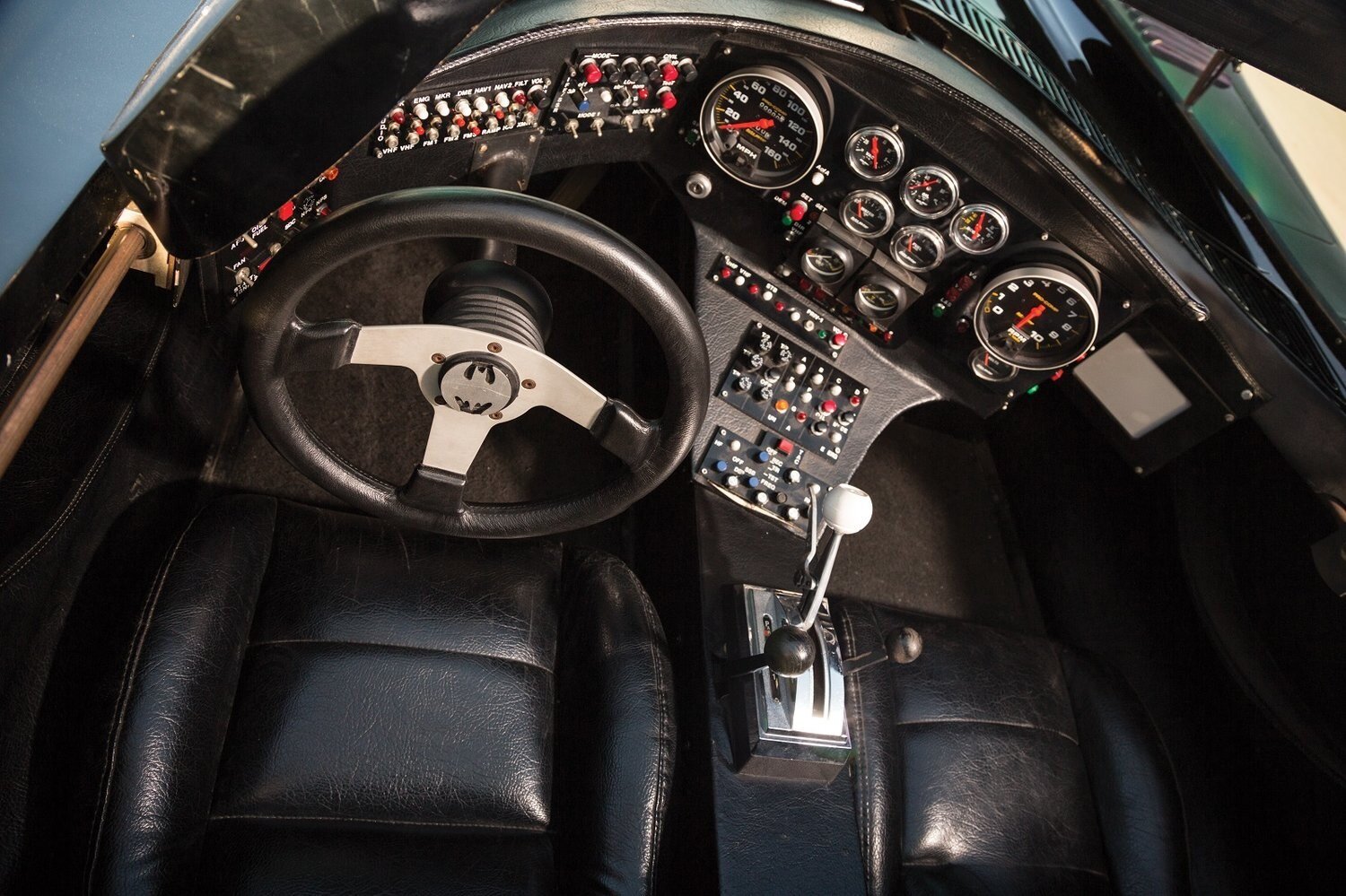Vehicle Spotlight: 1989 Batmobile
Caped Crusader. Dark Knight. Whatever you know him as, wherever you know him from, the blockbuster movies, TV shows, or millions of comics - Batman is proof you don’t need superpowers to be a superhero… and the poster boy for what a bad childhood can do to you. Batman didn't always wear all black and have an ominous deep voice. That persona, you can credit to Warner Brothers.
Thirty-three years after the original 1966 debut of Batman, Warner Brothers plotted a path to reboot the Batman franchise with a trendier, darker aesthetic. To accomplish this, they brought on Tim Burton, DC Comic’s Frank Miller, and production designer, Anton Furst- who would later win an Academy Award for the design of Gotham City.
Furst wanted the car to be unlike any of the previous Batmobiles, a combination of brute force and recognizable design elements. The new and improved Batmobile, almost 20 feet in length, was built on a Chevrolet Impala chassis, powered by a Chevrolet V-8 engine, which was mounted low in the frame.
Distinct in its style, the 1989 Batmobile was fitted with the intake from Rolls Royce jet. Turbine blades in the nosepiece were sourced from a British Harrier fighter jet. Surrounding the jet engine are sweeping front fenders, giving the front of the vehicle an intimidating presence. Inside the two-seat cockpit featured an aircraft-like instrument panel, a passenger’s side monitor, self-diagnostics system, CD recorder, and voice command recognition system.
On film, the 1989 Batmobile was equipped with bombs, forward facing Browning machine guns, side mounted disc launchers, and chassis mounted shinbreakers. To avoid capture, the Batmobile was also equipped with oil slick dispensers, smoke emitters, and a Batmissle mode that reconfigures the axis and wheels to fit through narrow openings.
The 1989 Batmobile was used as inspiration for several comic book cars and as inspiration for the Batmobile used in Batman: The Animated Series. It is also considered to be one of the most popular Batmobiles of all time. This example was one of five cars authorized by the studio for promotional purposes.
Visit it today in our “Cars of Film and Television” exhibition!





